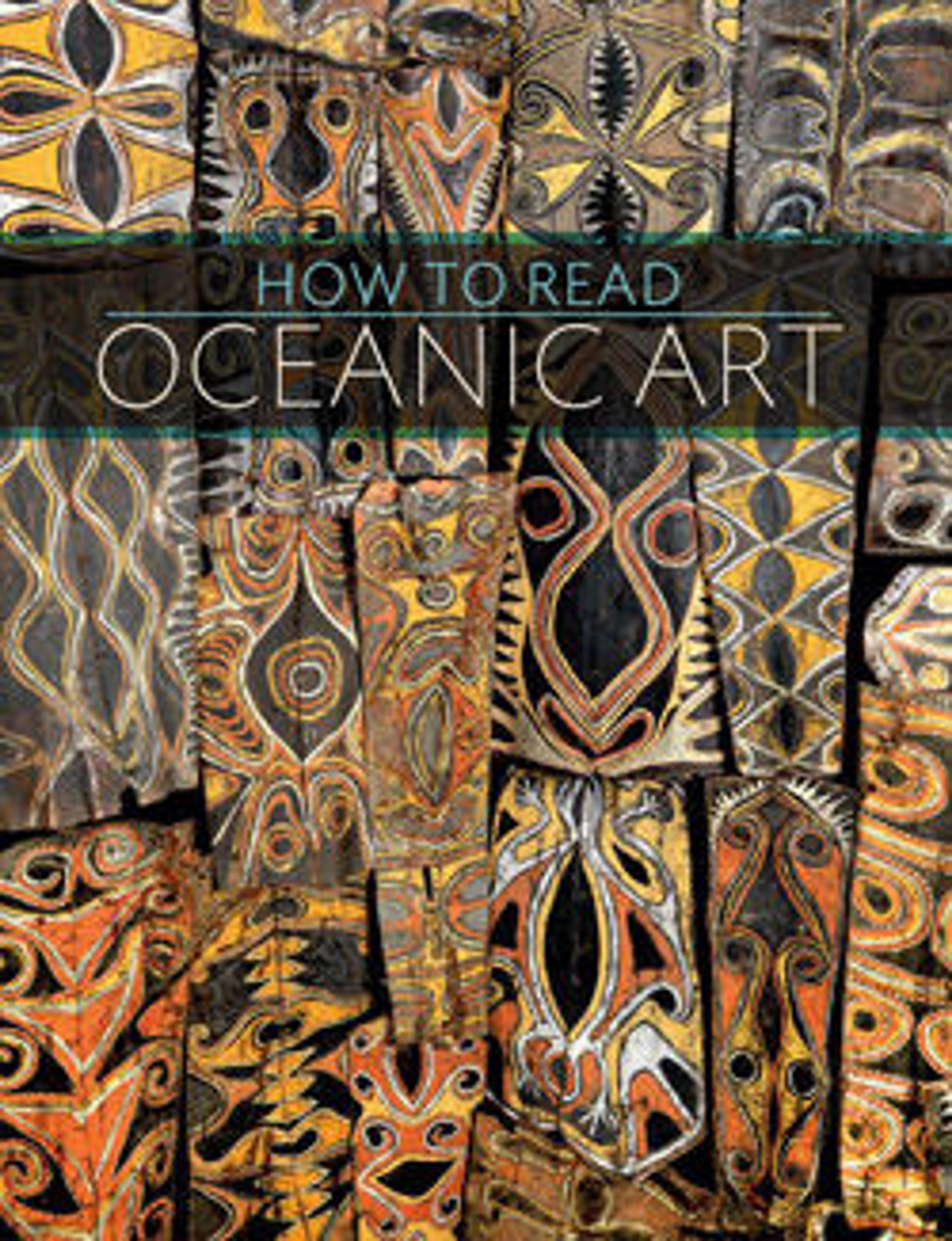House-post Figure
The Kambot people live along the banks of the Keram River, a tributary of the lower Sepik River in New Guinea. This figure was not originally an independent sculpture but probably formed part of a housepost supporting the roof of a ceremonial house. The image represents either Mobul or Goyen, two mythical brothers who are associated with the creation of plants and animals. The brothers' spirits were believed to reside within the houseposts at certain times. This figure is probably the largest surviving example of Kambot wood sculpture. The head is a double image in which the eyes and nose of the central face also form the arms and flute of a second, smaller figure.
Artwork Details
- Title:House-post Figure
- Date:19th century
- Geography:Papua New Guinea, Lower Sepik, Keram River
- Culture:Kambot people
- Medium:Wood, paint, fiber
- Dimensions:H. 96 × W. 23 × D. 18 in. (243.8 × 58.4 × 45.7 cm)
- Classification:Wood-Architectural
- Credit Line:The Michael C. Rockefeller Memorial Collection, Gift of Nelson A. Rockefeller, 1969
- Object Number:1978.412.823
- Curatorial Department: The Michael C. Rockefeller Wing
More Artwork
Research Resources
The Met provides unparalleled resources for research and welcomes an international community of students and scholars. The Met's Open Access API is where creators and researchers can connect to the The Met collection. Open Access data and public domain images are available for unrestricted commercial and noncommercial use without permission or fee.
To request images under copyright and other restrictions, please use this Image Request form.
Feedback
We continue to research and examine historical and cultural context for objects in The Met collection. If you have comments or questions about this object record, please contact us using the form below. The Museum looks forward to receiving your comments.
